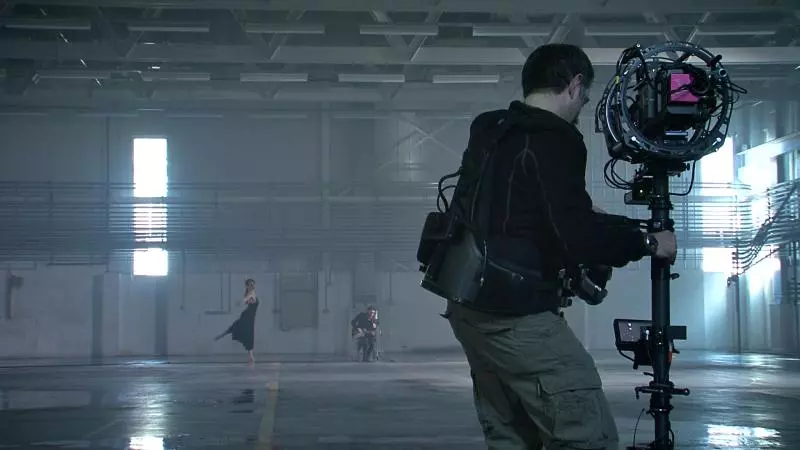In the realm of filmmaking, where stories come to life on the silver screen, cinematography stands as a crucial element, the visual language that breathes life into narratives and transports audiences to worlds beyond their own. Often taken for granted, cinematography is the art and science of motion picture photography. The invisible hand that shapes our perception of a film’s mood, atmosphere, and emotional impact.
Symphony of Visual Storytelling

Cinematography encompasses a vast array of techniques and considerations, each playing a vital role in crafting the visual tapestry of a film. From the careful arrangement of light and shadow to the meticulous selection of camera angles and movements. Cinematographers orchestrate a symphony of visual elements that guide our emotions and immerse us in the story.
Power of Lighting
Lighting, often described as the painter’s brush of cinematography, holds immense power in shaping the mood and atmosphere of a scene. A cinematographer’s skillful manipulation of light can evoke a sense of warmth. Suspense, or even dread, subtly influences our interpretation of the unfolding narrative.
Framing and Composition
Framing and composition, the art of arranging elements within the frame, are essential tools in the cinematographer’s arsenal. By carefully selecting the placement of characters, objects, and backgrounds, the cinematographer draws our attention to specific elements. Emphasizing their significance and guiding our understanding of the scene.
Camera Movement
Camera movement plays a dynamic role in cinematography, adding a sense of dynamism and emotional resonance to the storytelling. Whether it’s a slow, sweeping pan across a breathtaking landscape or a jarring handheld shot capturing the chaos of a chase scene. Camera movement imbues the film with rhythm and energy, mirroring the emotional beats of the narrative.
Language of Lenses
The choice of lens is another critical decision in cinematography, as it affects the way we perceive the world on screen. Wide-angle lenses can create a sense of expansiveness and draw us into the scene. While telephoto lenses can isolate subjects and create a sense of intimacy or tension.
Visual Symphony
Color, a powerful tool in the cinematographer’s palette, can evoke a myriad of emotions and establish the overall mood of a film. From the vibrant hues of a cheerful comedy to the muted tones of a somber drama. Color choices play a significant role in shaping our perception of the story’s emotional landscape.
Invisible Art
The true brilliance of cinematography lies in its subtlety, its ability to seamlessly weave into the fabric of a film. Shaping our emotions and perceptions without drawing attention to itself. It is the art of storytelling through images, the visual language that speaks volumes without uttering a single word.
Cinematography is the lifeblood of filmmaking, the invisible hand that guides our emotions and immerses us in the stories that unfold on the screen. It is an art form that demands not only technical expertise but also a deep understanding of human emotion and the power of visual storytelling.
Leave a Comment